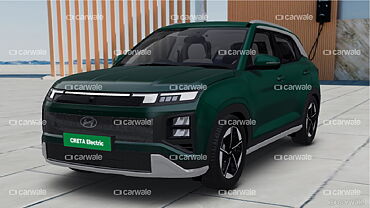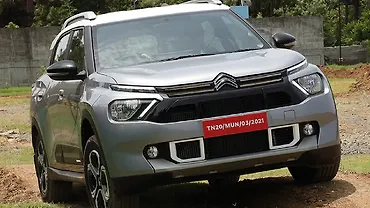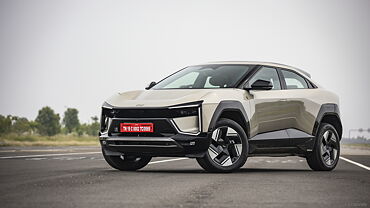
After de-licensing of the Automobile industry in 1991, India’s vehicle population has been increasing exponentially. With rapidly increasing vehicle population there is concurrently need for modern facilities for recycling and recovering materials from vehicles, which reach the end of their useful life. In US, Europe and Japan recycling facilities gradually developed along with the organic growth of automobile industry. End of life regulations mandate recyclability levels for new design vehicles in Europe and Japan. As motorcycles form a small proportion of population, they do not come under the ambit of these rules.
Currently there are no regulations in India to deal with the disposal of end of life automobiles. Two wheelers which account for 80% by number and about 40% by weight are particularly important in the Indian context.
Currently, scrapped vehicles are cut and sold for scrap by low-tech units in the unorganized sector. They use crude techniques polluting the environment, and operate with low recoveries. There is urgent need to upgrade their technology and processes and to set up modern facilities with greater capacity to deal with the expected increase in volumes of vehicles due for scrapping.
A recycling and dismantling demonstration centre has been set up by the Ministry of Heavy Industry under the auspices of National Automotive Testing and R & D Infrastructure Project (NATRiP) at the Global Automotive Research Centre (GARC) at Oragdum Chennai. The centre aims to develop recycling processes which employ manual labor to the maximum extent (as against automated processes used in the West), especially systems for dealing with our large population of two wheelers. The centre will also train and help upgrade current units in the unorganized sector.
The centre has been set up with the active co-operation of the Society of Indian Automobile Manufacturers (SIAM) which helped to draw up the specifications for layout and equipment. The automobile industry has come forward and donated used vehicles consisting of nearly one hundred two wheelers and twenty-five cars to help kick start the setup.
With efficient recycling India can hope to recover by the year 2020 over 1.5 million tons of steel scrap, 180,000 tons of Aluminum scrap and 75,000 tons each of recoverable plastic and rubber from scrapped automobiles. We may have to dispose over 25,000 tons of residues in landfills. These volumes will increase annually keeping pace with the growth of the industry. Recycling of automobiles will create large-scale employment, save energy, have positive impact on global warming and protect the environment.
































